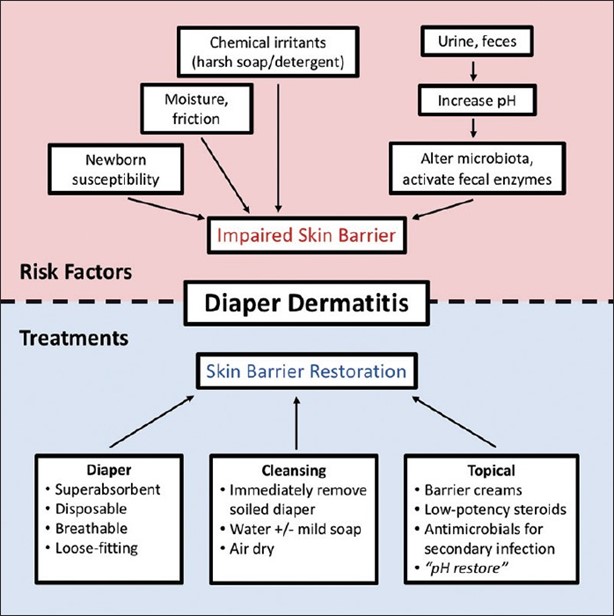The nurse is preparing to send a client to the cardiac catheterization lab for an angioplasty. Which client report is most important for the nurse to explore further prior to the start of the procedure?
Drank a glass of water in the past 2 hours.
Reports left chest wall pain prior to admission.
Experiences facial swelling after eating crab.
Verbalizes a fear of being in a confined space.
The Correct Answer is C
The correct answer is: C. Experiences facial swelling after eating crab.
Choice A Reason: Drinking a glass of water in the past 2 hours is not typically a concern unless the patient has been instructed to fast. For most cardiac catheterization procedures, patients are asked to fast for a certain period before the procedure to reduce the risk of aspiration. However, small sips of water may be allowed with medications.
Choice B Reason: While reports of left chest wall pain are clinically significant and warrant investigation, they are not as immediately concerning for the angioplasty procedure itself. Chest pain is a symptom that may have led to the decision to perform angioplasty but does not pose an immediate risk of complication during the procedure as an allergy might.
Choice C Reason: As previously mentioned, experiencing facial swelling after eating crab is indicative of a shellfish allergy. This is important because the contrast dye used in angioplasty may contain iodine, and patients with shellfish allergies could have an increased risk of an allergic reaction to the iodine in the dye. It is essential to explore this further to take necessary precautions, such as premedication with antihistamines or using a different contrast agent.
Choice D Reason: Verbalizing a fear of being in a confined space, or claustrophobia, is a psychological concern that should be addressed to ensure the patient’s comfort during the procedure. However, it does not pose a direct risk to the safety of the angioplasty procedure like an allergic reaction does. Managing patient anxiety is important, but it is not the most critical factor to explore prior to the procedure.
Nursing Test Bank
Naxlex Comprehensive Predictor Exams
Related Questions
Correct Answer is ["A","C","D"]
Explanation
A) Correct- The duration of submersion is a critical factor in determining the potential level of hypoxemia. Prolonged submersion leads to a higher risk of severe hypoxia and its associated complications.
B) Incorrect- While water temperature can affect the body's response to submersion, it is not directly related to the level of hypoxemia. Hypoxemia primarily results from the lack of oxygen intake during submersion.
C) Correct- Witnessing the fall into the pool is important because immediate initiation of cardiopulmonary resuscitation (CPR) can improve the chances of a positive outcome. Bystander CPR can help maintain oxygenation and circulation until professional help arrives.
D) Correct- The oxygen concentration in the surrounding air is crucial for oxygen delivery to the body's tissues. In cases of submersion, the availability of oxygen in the air the child is breathing plays a role in determining the level of hypoxemia.
E) Incorrect- The weight of the child is not a significant factor in determining the level of hypoxemia during submersion. The primary determinants are factors like submersion duration, availability of oxygen, and prompt initiation of CPR.
Correct Answer is A
Explanation
The excoriated and red skin in the diaper area suggests the presence of diaper dermatitis, which is commonly caused by prolonged exposure to moisture and irritants such as urine and feces. Changing the diaper more frequently helps to minimize the exposure to these irritants and promotes better skin hygiene.
Asking the mother to decrease the infant's intake of fruits for 24 hours is not necessary unless there is evidence of diarrhea or specific dietary concerns. Fruits are generally a healthy part of an infant's diet and do not directly cause diaper dermatitis.
Encouraging the mother to apply lotion with each diaper change may not be recommended in this case, as lotions and creams can further trap moisture and exacerbate the condition. It is best to keep the area clean and dry.
Telling the mother to cleanse with soap and water at each diaper change may be too harsh for the infant's sensitive skin. Plain water or mild, fragrance-free wipes are typically sufficient for cleaning the diaper area. Soap can be drying and irritating to the skin, so it is generally not necessary unless there is a specific indication.

Whether you are a student looking to ace your exams or a practicing nurse seeking to enhance your expertise , our nursing education contents will empower you with the confidence and competence to make a difference in the lives of patients and become a respected leader in the healthcare field.
Visit Naxlex, invest in your future and unlock endless possibilities with our unparalleled nursing education contents today
Report Wrong Answer on the Current Question
Do you disagree with the answer? If yes, what is your expected answer? Explain.
Kindly be descriptive with the issue you are facing.
